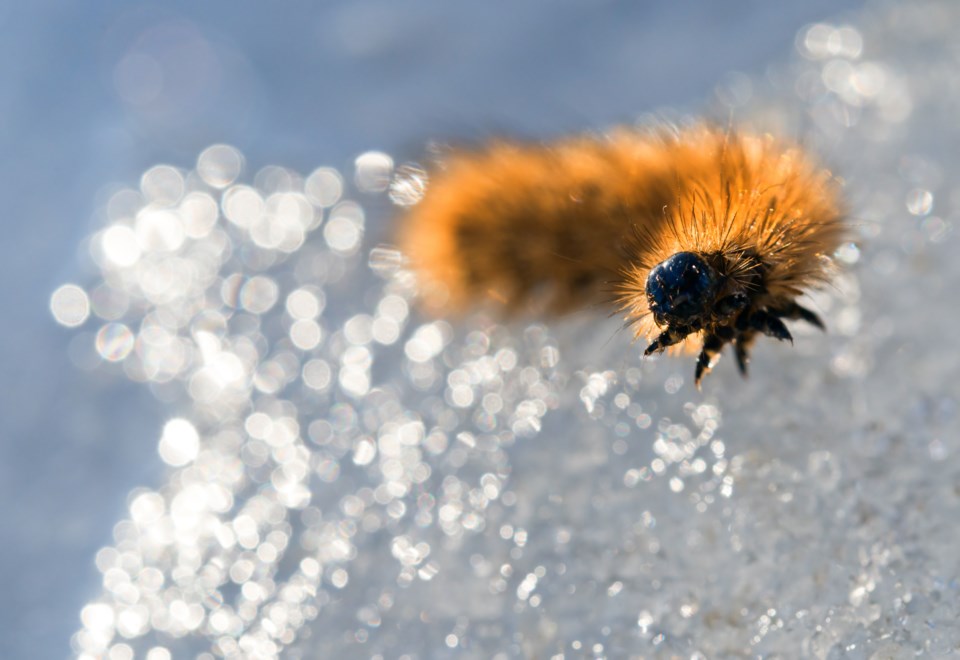The Longmont Leader accepts contributions, photos, letters to the editor, or LTEs, and op-eds for publication from community members, business leaders and public officials on local topics. Publication will be at the discretion of the editor and published opinions do not represent the views of the Longmont Leader or its staff. To submit a contribution, email [email protected].
This time of year, I, like so many others, feel a special connection to nature. There’s the sound of fresh snow crunching underfoot, a whiff of pine branches and evergreen sap, and the stubborn pop of red berries clinging to branches when the leaves have long since had the sense to drop to the ground. I think of winter nights, and can see a pitch-black sky in my mind with snow reflecting back up to the infinite stars.
We may not realize it, but these classic winter scenes mean more to us than just seasonal vibes. The snowmelt will replenish our water supplies, a critical gift during a years-long megadrought. Deep roots of the pine trees prevent erosion of soil, and those gently scented needles will form a blanket of cover along the ground, tucking in our soil and keeping it from blowing away.
Nestled into that same soil, kept warm by the snow and the leaflitter, are the larva of fireflies waiting out the cold underground. In the warmer months, they will emerge and transform into icons of a different season, lighting up our summer memories.
Even deeper below that, sometimes as far down as six feet, earthworms are curled into little frozen slime-balls, tucked in a sleeping bag of their own mucus. They too will get back to work when the land thaws, transforming the same detritus that kept them warm through the winter into rich soil.
It’s a classic Western soil here in Colorado, too acidic for the holly berries of popular imagery. Instead American bittersweet, wild chokecherry, and hawthorns will dot our landscape with pops of bright color, bitter to us but a critical source of food to birds and other winter wildlife. Aside from guiding migratory birds, dark skies are shown to increase property values and mental health. Even in what may appear to be the barest of seasons, the land around us is constantly giving.
One of the other things I love about this time of year is to see fellow members of this community inspired toward giving. Being a volunteer manager gives me an opportunity year-round to see the best parts of people as they donate their time and skills to causes they are passionate about, but November and December especially show surges in volunteerism throughout the country with an increase of nearly 55% in volunteer service hours. When the darkest part of the year strikes, people across our country and across our state become the light themselves and shine through giving of their energy and talent. We prepare for the winter in our ways with our salted roads and woolen mittens, and at the same time inspects are preparing for winter in their many diverse ways, dealing with cold weather and shorter days. We rely on them, even when they are unseen by us.
But what if the two were connected? What if we chose to give the gift of our time back to the very environment that gives so much to us?
I would encourage each of you to think of volunteering your time this winter season, beyond even the end-of-year surge, as an opportunity to give back to land itself as we are so intricately and constantly entwined with the ecosystem surrounding us. Think of classic events such as the Christmas bird count that can support community science while learning about our feathery friends. Think of your favorite environmental non-profit and reach out to see if they can use a helping hand. Think of taking your family for a cleanup at your favorite park. Or even just think turning off the outside lights as an act of service for the creatures of the night. When we realize that we are surrounded by gifts, how could we do anything less than to give back in return?



